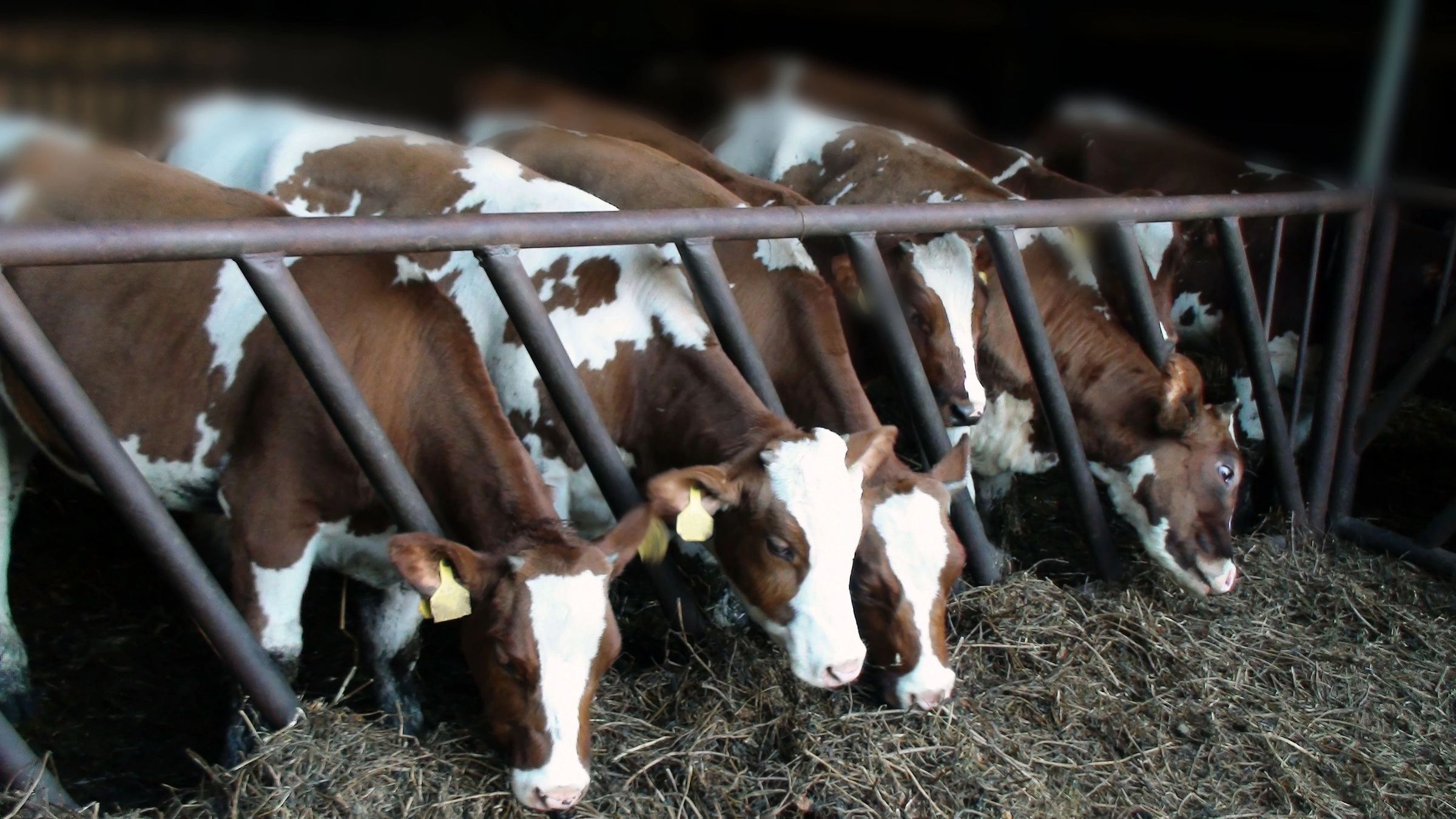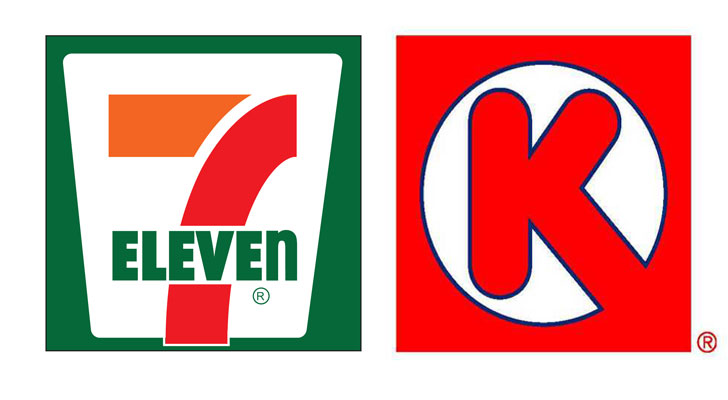While Canadian officials reassure the public that no dangerous strain of avian flu has been detected in domestic dairy cows, concerns mount over the nation’s surveillance capabilities amid a burgeoning H5N1 outbreak among U.S. cattle.
Multiple herds spanning various states in the U.S. have succumbed to this strain of influenza A, known for its relatively mild impact on bovine health but alarming mortality rates exceeding 50% in other species, including avian and mammalian hosts like cats and humans. However, comprehensive data and research are still required to comprehend the full spectrum of risks associated with H5N1.
Expressing apprehension, Matthew Miller, an immunologist and vaccine researcher at McMaster University, underscored Canada’s lag in grappling with the virus.
As of Monday, the Canadian Food Inspection Agency (CFIA) confirmed the absence of H5N1 among Canadian dairy cattle or any other livestock, though the disease has already pervaded the nation’s avian population, affecting an estimated 11 million farmed birds to date.
While CFIA mandates reporting of the disease in all species, including cattle, dairy producers are urged to maintain vigilant monitoring, adhere to stringent biosecurity protocols, and promptly notify CFIA authorities if suspicions of infection arise.
Despite ongoing cross-country trade, the Canadian Food Inspection Agency (CFIA) maintains that the World Organisation of Animal Health advises against imposing restrictions on the movement of healthy cattle and their products between the U.S. and Canada.
In response to a recent U.S. federal mandate requiring H5N1 testing for dairy cattle transported between states, the CFIA announced that Canada will also implement testing for avian flu on imported lactating dairy cattle from the U.S.
Regarding testing of milk samples, the CFIA clarified that while it currently does not conduct testing on raw or pasteurized milk, it stands ready to provide testing support should H5N1 be detected in Canadian cattle. The agency emphasized that the virus does not pose a food safety risk.
However, several Canadian scientists argue for proactive measures, stressing the importance of widespread testing and surveillance efforts rather than waiting for the detection of the virus before intensifying actions.
The outbreak has now officially expanded to affect 34 herds across nine states.
In late March, the first cases of H5N1-infected cattle emerged, marking the onset of an escalating crisis. Subsequently, at least 34 herds spanning nine states in the U.S. have been affected, although experts believe the actual scale of the outbreak surpasses official estimates.
Recent studies conducted by the U.S. Centers for Disease Control and Prevention reveal alarming consequences for farm cats, with approximately 50% mortality rates observed among those consuming raw milk products from infected cows.”
On Monday, U.S. researchers disclosed a preprint — research not yet formally published or peer-reviewed — detailing efforts to monitor influenza A across numerous wastewater sites during the spring season.
The research team conducted testing on samples collected from three plants where indications of influenza A prevalence were noted this spring. Remarkably, they identified markers for the H5 gene in all three facilities. Notably, these plants were situated in an undisclosed state where confirmed outbreaks of H5N1 among dairy cattle had been reported. Further, two of these facilities were observed to discharge animal waste and milk byproducts into sewage systems.
Collectively, these findings underscore a rapidly spreading outbreak affecting diverse species, emerging in novel geographic regions, and likely surpassing containment measures, a consensus among external experts confirmed.



